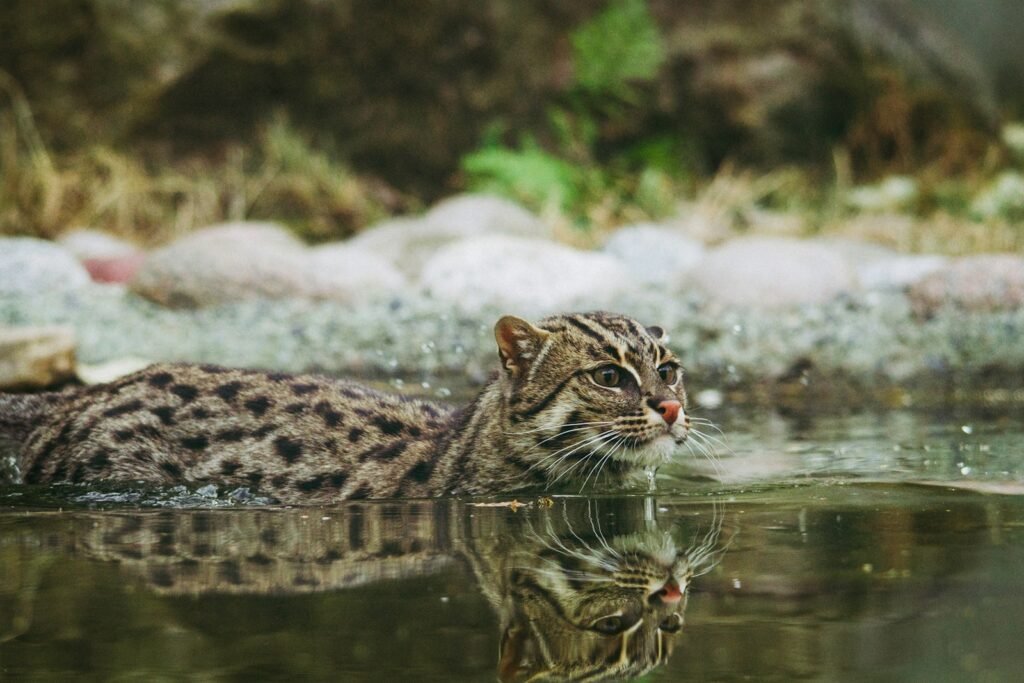In the dim, thorny tangles of South Texas, soft paws are padding back into places where they’d almost vanished. For years, the story of Texas ocelots read like an obituary: dwindling numbers, splintered habitats, and a relentless tally of road deaths. Now, the narrative is shifting, not with a roar but a whisper – more sightings, new dens, and plans bold enough to bend the curve.
The is real but fragile, powered by gritty field science and an unusual alliance of ranchers, road engineers, and wildlife biologists. The question is no longer whether ocelots can hang on; it’s whether we’ll keep up the momentum that’s finally giving them a fighting chance.
The Hidden Clues
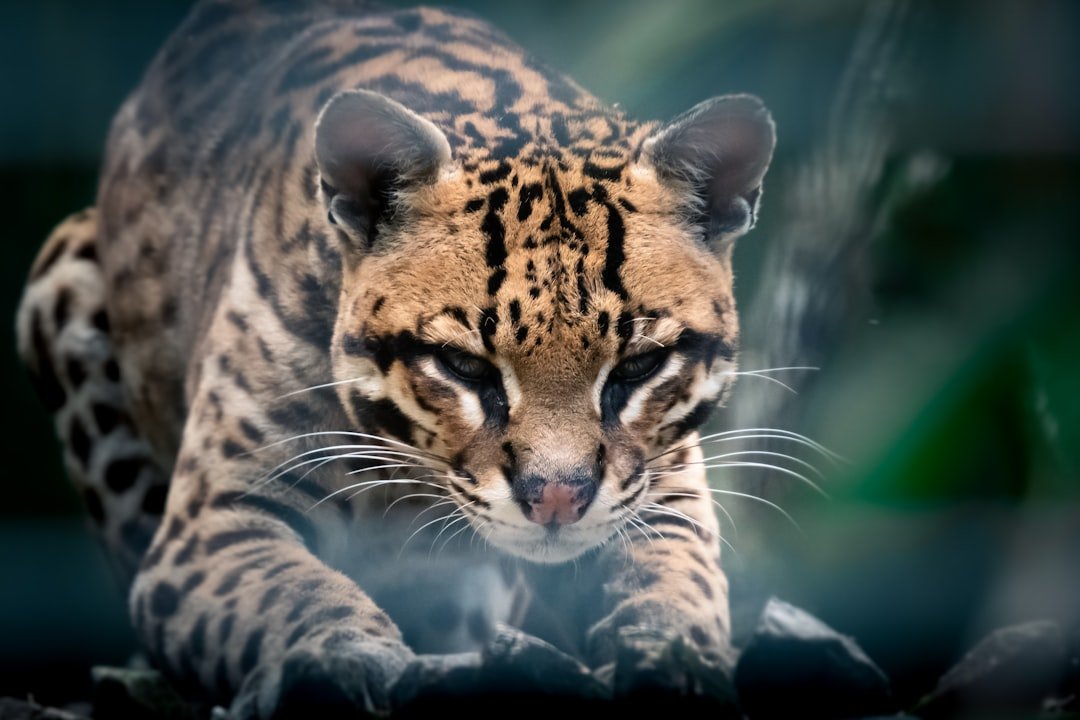
Researchers didn’t stumble upon a sudden crowd of ocelots; they sifted for patterns in pixels. Camera traps stationed at water sources and along brushy corridors have confirmed at least twenty-two individual cats at Laguna Atascosa National Wildlife Refuge over the past two years, a record in recent memory and a concrete sign of recovery. Each ocelot’s coat is a fingerprint, letting scientists match individuals across months and miles without intrusive handling.
That slow, methodical catalog of spots has turned ghost stories into data, transforming whispers into a measurable uptick. It’s not a boom, and no one’s taking a victory lap, but the curve is bending in the right direction
From Brushland to Modern Science
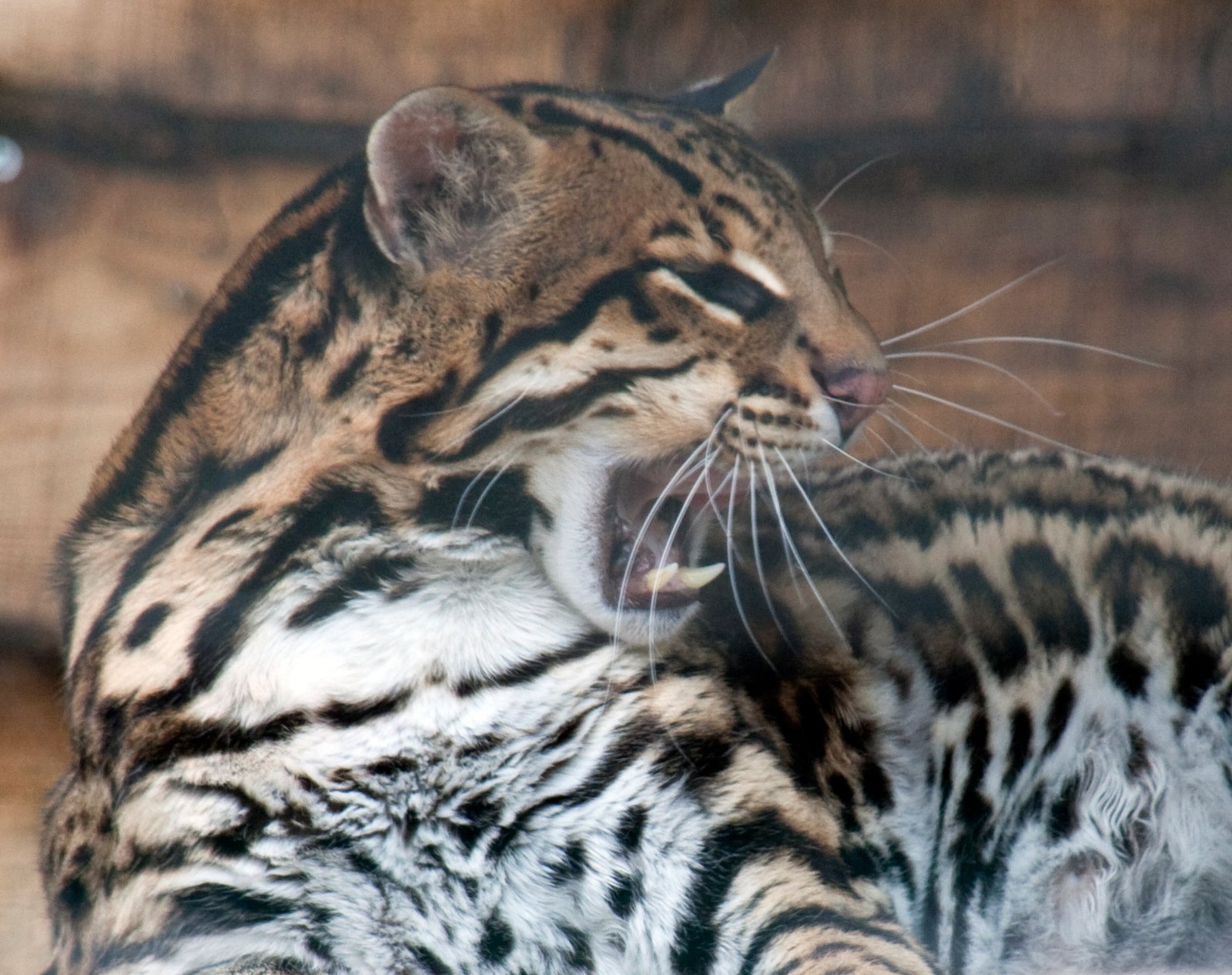
Ocelots are creatures of dense thornscrub – habitat so scratchy and sealed that moving through it feels like crawling through a green barbed-wire maze. Decades of clearing left only a sliver of that jungle-like cover, so conservationists are rebuilding it seedling by seedling, restoring hundreds of acres each year and aiming to stitch together a corridor along the lower Rio Grande. That restoration isn’t guesswork; nurseries raise dozens of native shrub species, and teams plant them in carefully planned mosaics that grow into shade, cover, and hunting lanes.
Meanwhile, biologists are pairing old-fashioned tracking with high-tech genetics, prepping a managed-breeding and reintroduction effort that can bolster wild genes if nature needs a push. On a personal note, the first time I ducked into mature thornscrub at dawn, the air felt louder – crickets, doves, unseen footfalls – and it made sense why a cat that lives by stealth chooses this place.
The Road Problem
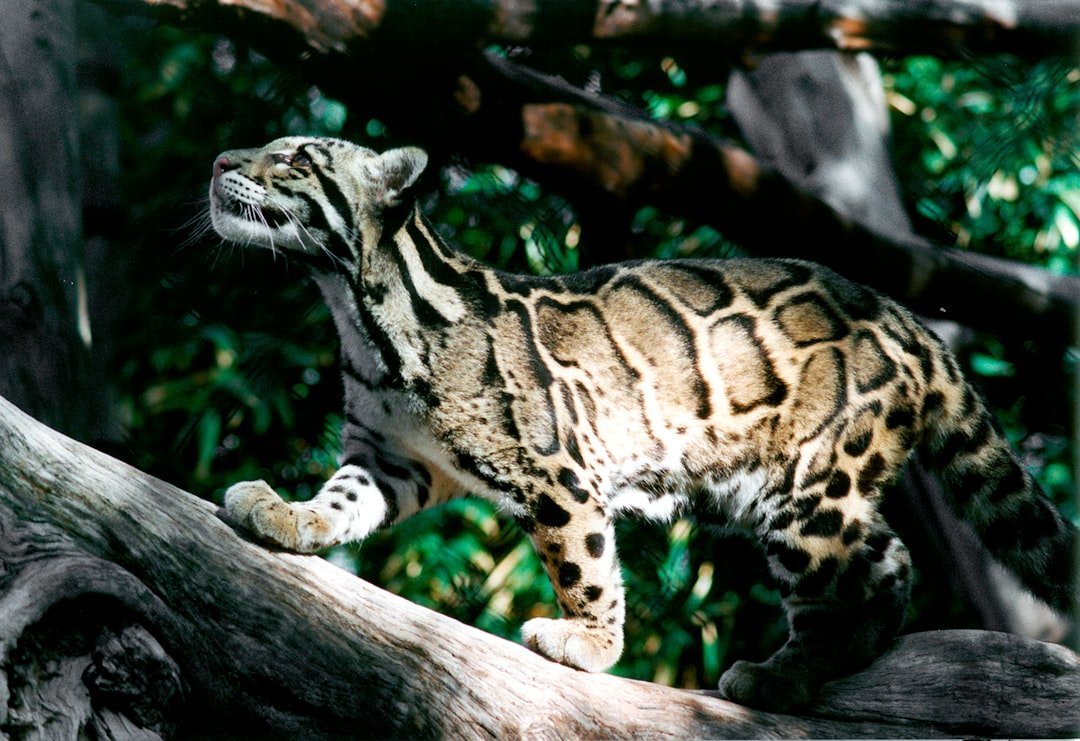
Nothing undercuts a rare cat’s rebound like a highway at night. Vehicle strikes have accounted for roughly about two in five known ocelot deaths in the refuge population, an outsized hit when the whole U.S. tally hovers near the low triple digits. Engineers and biologists have responded with a network of wildlife crossings: eight underpasses on FM 106 near Laguna Atascosa, plus new structures and fencing on State Highway 100 to guide animals under traffic.
Statewide, Texas has built dozens of crossings, including more than twenty sites in South Texas with ocelots in mind, and the first confirmed use of an ocelot underpass was documented in 2020. Recent research shows these structures reduce risky road surface crossings for ocelots and similarly sized cats, dialing down the most preventable form of mortality.
Private Lands, Public Good
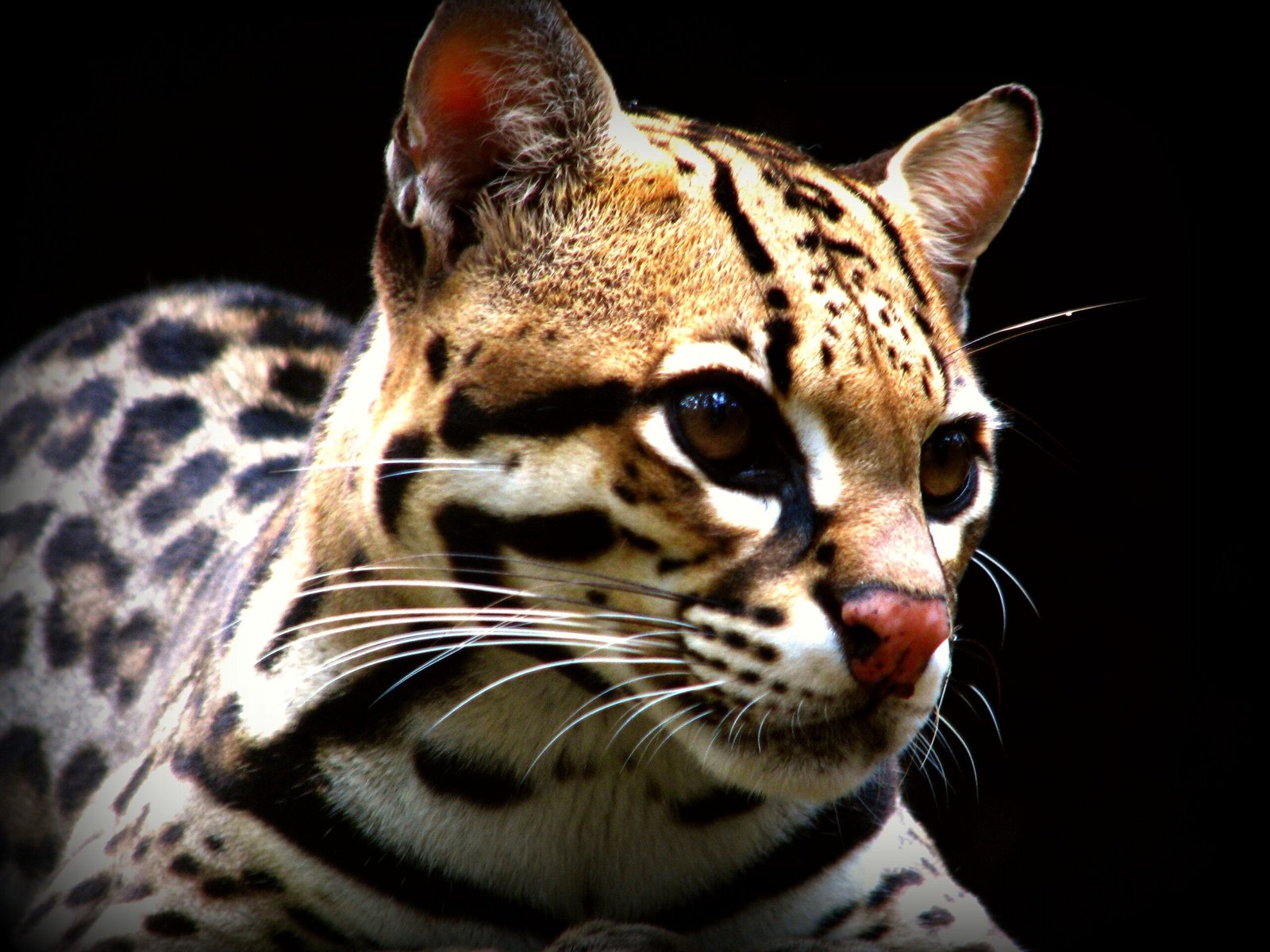
The ocelot’s last strongholds sit on a mix of refuge tracts and large private ranches, which means recovery will rise or fall with landowner partnerships. In 2024, a landmark Programmatic Safe Harbor Agreement was approved with the East Foundation, setting the stage to reintroduce ocelots on San Antonio Viejo Ranch and to expand the species’ footprint onto surrounding willing properties across several counties. The framework offers regulatory assurances so landowners can restore habitat and host cats without fear of penalties when doing the right thing.
It’s a practical fix in a state where private lands dominate the map and where two small, isolated breeding populations have teetered below the hundred-mark for years. Reintroduction plus habitat management and long-term monitoring could transform isolated dots into a connected constellation.
Data in the Dark
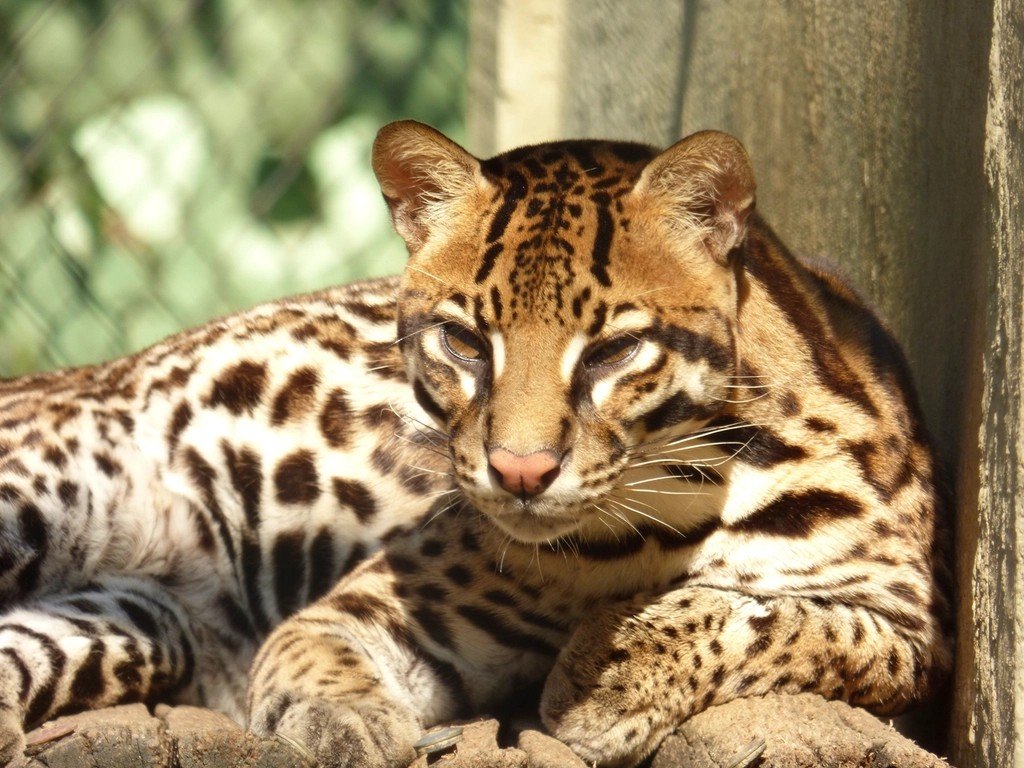
Counting an animal that prefers to be unseen is an exercise in humility, and ocelot numbers carry wide error bars. Still, scientists are tightening those estimates with genetic sleuthing and cross-border context, including a 2024 case in Hidalgo County where DNA tied a road-killed ocelot to lineages in both South Texas and neighboring Tamaulipas, Mexico. That single data point suggests fresh genetic exchange may be possible, even as experts caution against overreading one result.
The moral is clear: connectivity matters, and every vegetated corridor or underpass could be the bridge a wandering cat needs. In a landscape of uncertainty, each well-documented individual becomes a lighthouse for management decisions
Why It Matters

Saving ocelots isn’t just about one photogenic predator; it’s about defending a living, thorny biome that shelters owls, tortoises, quail, and a mosaic of plants that hold soil and slow floods. Predators steady small-mammal populations and help keep ecosystems from tipping into imbalance, especially as climate pressure amplifies drought and deluge. The recovery work also sharpens tools that benefit other species, from corridor design to community science.
Wildlife crossings, for example, have already proved crucial for another endangered cat in Florida; adapting those lessons for South Texas is pragmatic, not romantic. By making the landscape a little more navigable, we’re safeguarding both biodiversity and safer roads for people.
The Future Landscape

The next two years could be decisive. A purpose-built ocelot conservation facility in Kingsville broke ground in late 2024 to support assisted breeding, veterinary care, and training that keeps wild instincts intact, with teams banking regional genetics for targeted releases. Concurrently, Texas transportation planners have sought federal funds to expand crossings in the Valley, a bet that infrastructure can be wildlife-friendly and driver-safe at the same time. Internationally, linking restored thornscrub in Texas to habitat in Tamaulipas would multiply gains by opening a two-way genetic highway. None of this will be easy; drought, development pressure, and the slow pace of shrubs growing up from seedlings are real headwinds. But for the first time in a generation, the toolkit looks big enough to match the problem.
Global Perspectives
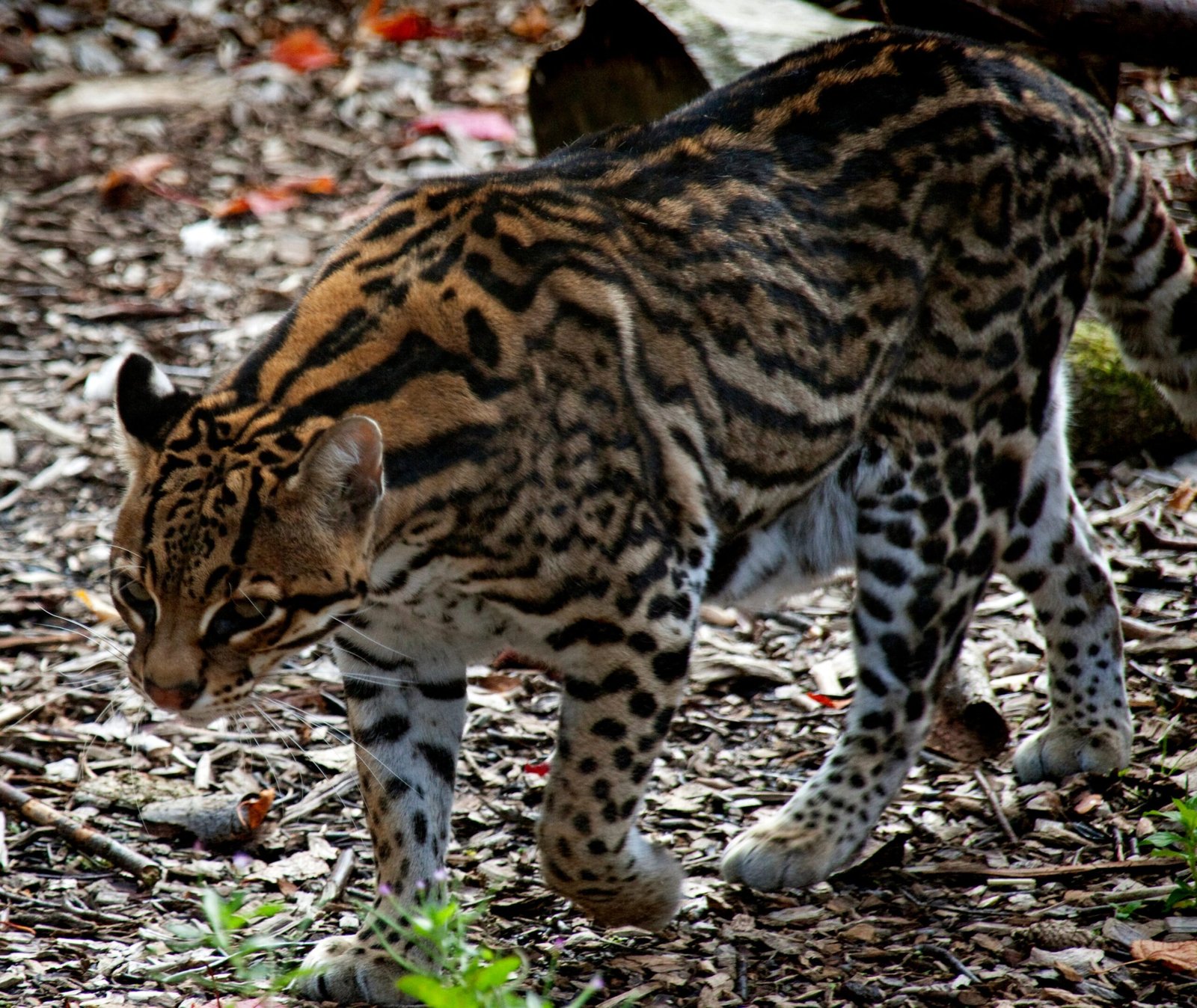
Globally, ocelots aren’t disappearing; across Latin America they’re considered relatively secure, yet that status hides a northern outlier on the edge. Texas and northeastern Mexico hold a unique subspecies and a frontier population whose loss would erase a lineage and a place-based story of coexistence on working lands. In that sense, South Texas recovery is a bellwether for conservation in human-shaped landscapes, where highways, ranching, and wildlife must share space. The lessons – corridors that connect, private land stewardship, and surgical use of assisted breeding – translate to other borderland species facing the same fractures.
If this patchwork can be stitched for ocelots, it can be stitched elsewhere too.
Conclusion
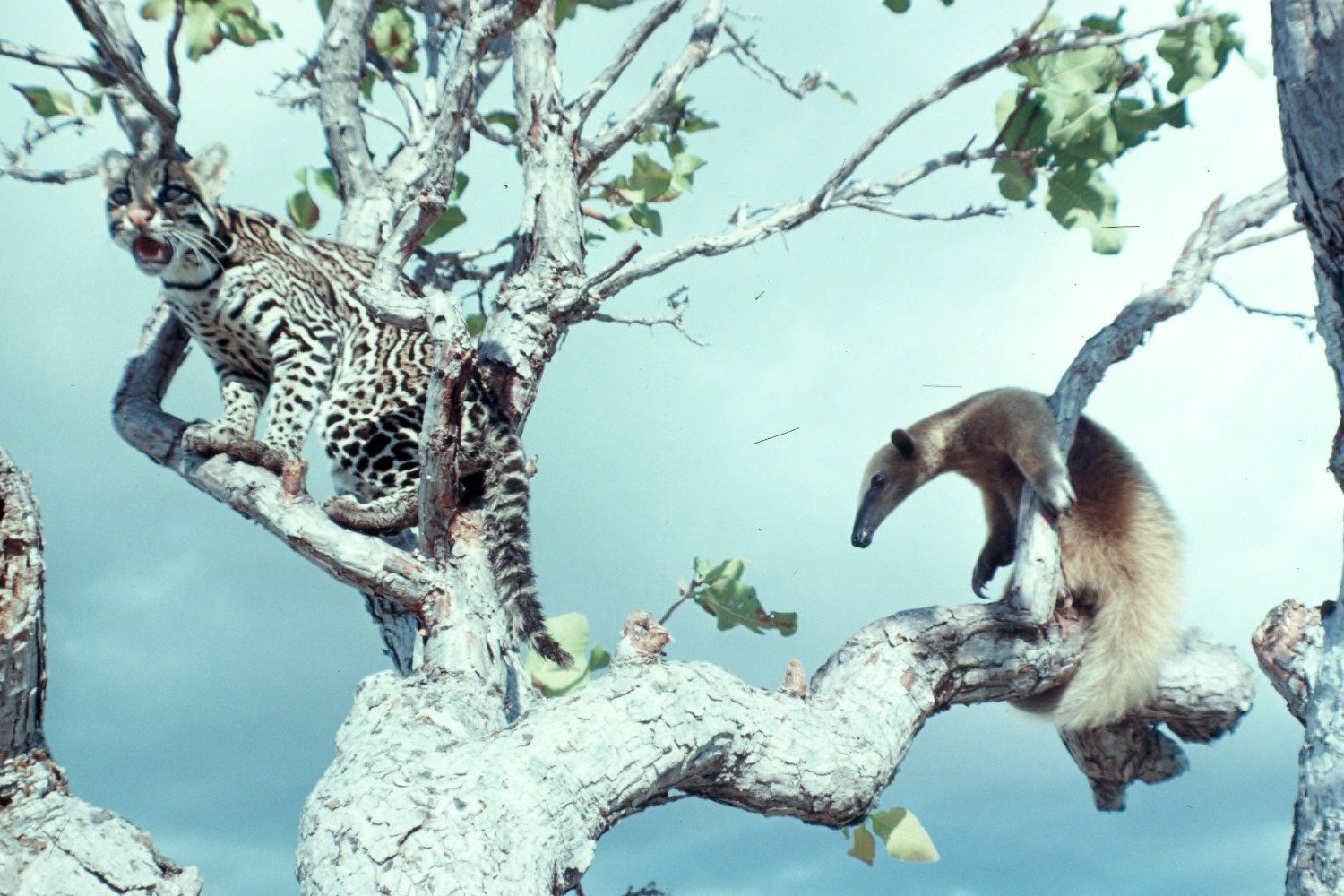
There are simple ways to help, even from afar. If you drive coastal South Texas, slow down in posted wildlife zones after dusk and report wildlife collisions so hotspots get flagged for fixes. Support habitat restoration by backing groups that plant native thornscrub or by volunteering during seasonal planting events.
Stay curious: follow refuge and university updates, share credible science, and nudge local leaders to fund wildlife crossings where data shows a need. And if you manage land, explore voluntary agreements that encourage brush restoration and safe passage – small choices on private acres can tip the balance for a population this small.

Suhail Ahmed is a passionate digital professional and nature enthusiast with over 8 years of experience in content strategy, SEO, web development, and digital operations. Alongside his freelance journey, Suhail actively contributes to nature and wildlife platforms like Discover Wildlife, where he channels his curiosity for the planet into engaging, educational storytelling.
With a strong background in managing digital ecosystems — from ecommerce stores and WordPress websites to social media and automation — Suhail merges technical precision with creative insight. His content reflects a rare balance: SEO-friendly yet deeply human, data-informed yet emotionally resonant.
Driven by a love for discovery and storytelling, Suhail believes in using digital platforms to amplify causes that matter — especially those protecting Earth’s biodiversity and inspiring sustainable living. Whether he’s managing online projects or crafting wildlife content, his goal remains the same: to inform, inspire, and leave a positive digital footprint.

